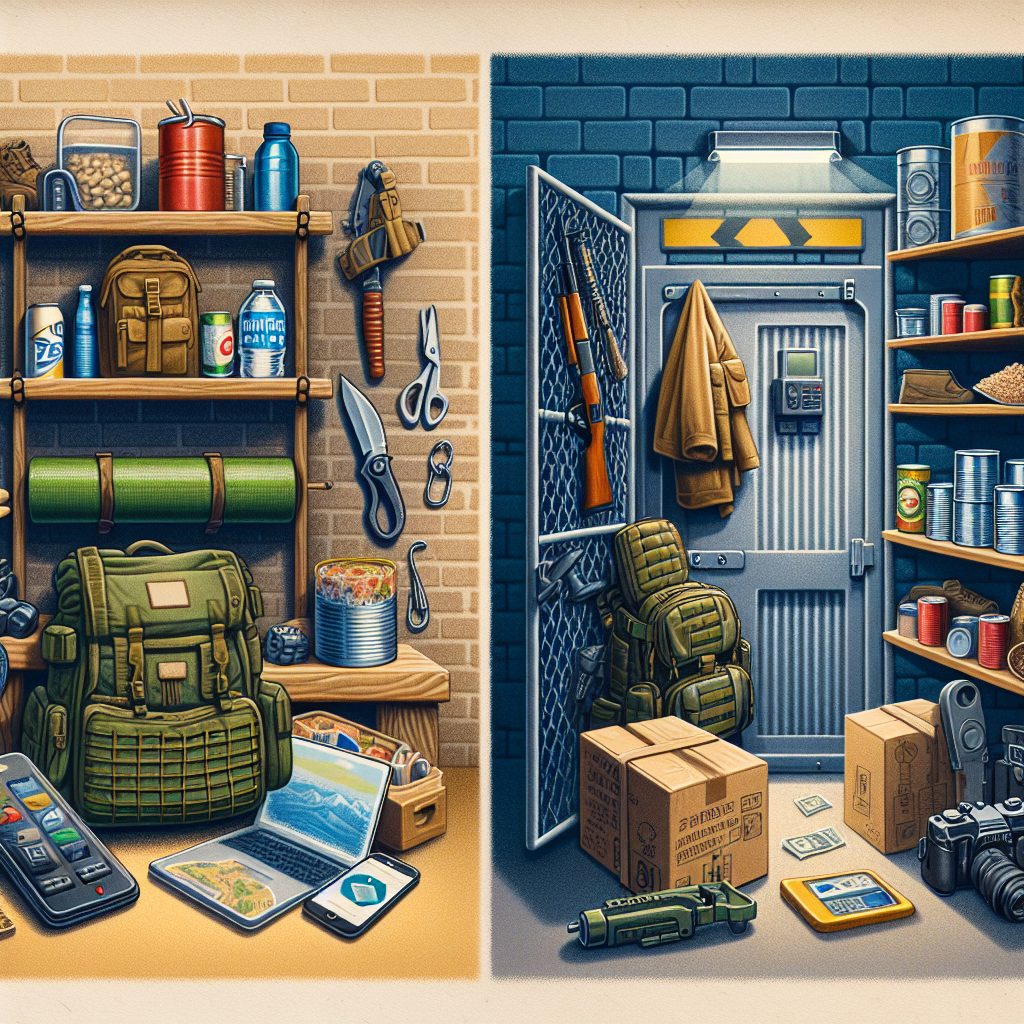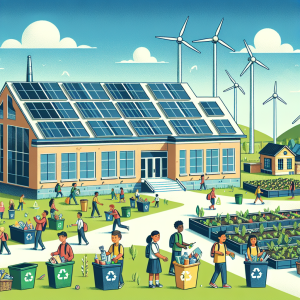In today’s unpredictable world, where natural disasters, political unrest, and social upheavals seem more frequent, the survivalist mindset has gained prominence. This mindset has evolved dramatically from its early concepts focused on immediate needs like food and shelter to a more intricate philosophy encompassing long-term preparedness, self-sufficiency, and community resilience. Let’s explore this evolution from the traditional bug-out bag mentality to the establishment of fortified bunkers and beyond.
The Early Days: Bug-Out Bags
The term “bug-out bag” (BOB) emerged from the survivalist community in the late 20th century. Originally popularized in the 1980s amidst Cold War anxieties, a bug-out bag is essentially a portable kit containing essential items one would need to survive in case of an emergency evacuation.
Essentials of a Bug-Out Bag
A well-designed bug-out bag typically includes:
-
- Food and Water: Non-perishable food items and a reliable water filtration system.
-
- First Aid Kit: Basic medical supplies to treat injuries or illnesses.
-
- Clothing: Weather-appropriate, durable clothing.
-
- Shelter: Lightweight tents or tarps for emergency shelter.
-
- Tools: Multi-tools, knives, and fire-starting equipment.
In those early days, survivalists were often seen as fringe elements—doomsday preppers focused solely on immediate survival. The emphasis was on individual preparedness, self-reliance, and a distrust of governmental systems.
From Individual Preparedness to Community Resilience
As global threats have become more complex, the survivalist mindset has shifted. While individual preparedness remains crucial, there has been a growing acknowledgment that survival is often a community effort.
Networking and Community Building
Modern survivalists prioritize community resilience, creating networks for sharing resources, skills, and information. This shift highlights the importance of not only having a personal bug-out plan but also fostering relationships with neighbors and like-minded individuals.
-
- Community Gardens: Many survivalists are now focusing on urban agriculture, turning vacant lots into communal spaces for growing food.
-
- Training Workshops: Survival skills workshops are increasingly popular, teaching everyone from first aid to self-defense.
-
- Support Groups: Local meetups and online forums foster support and knowledge dissemination, creating a collective preparedness culture.
The Rise of Homesteading and Bunkers
As fears surrounding climate change and societal collapse grow, many survivalists have sought to establish more permanent solutions. The revival of homesteading and the creation of fortified bunkers symbolizes this trend.
Homesteading: A Sustainable Approach
Homesteading emphasizes self-sufficiency and sustainable living. The rise of this movement is fueled by a desire to reduce reliance on external systems and create a “lifeboat” for families amidst uncertainty.
-
- Food Production: Growing one’s own vegetables, raising livestock, and preserving food are integral to homesteading.
-
- Renewable Energy: Many homesteaders are investing in solar panels and wind turbines for energy independence.
-
- Skills Development: Learning skills like canning, woodworking, and plumbing becomes essential.
The Bunker Phenomenon
The concept of building bunkers has transitioned from paranoia to a viable investment for families. Bunkers represent a physical manifestation of the survivalist philosophy, offering a secure retreat during societal disruptions.
-
- Advanced Technology: Modern bunkers are equipped with air filtration systems, renewable energy sources, and sustainable water supplies.
-
- Well-Being: They are designed not only for survival but also for psychological well-being, featuring comfortable living spaces and recreational areas.
The Future of the Survivalist Mindset
Looking ahead, the survivalist mindset will likely continue to evolve. Here are some potential trends:
Technological Integration
The incorporation of technology like mobile apps for disaster preparedness and wearable devices for health monitoring may redefine how survivalists gather information and respond to crises.
Environmental Awareness
As climate change impacts intensify, survivalists are becoming more environmentally conscious, focusing on conservation practices and eco-friendly living.
Mainstream Acceptance
What was once considered an extreme lifestyle is becoming more mainstream as people realize the benefits of preparedness. Television shows, books, and podcasts focusing on self-sufficiency are making survivalism accessible to a broader audience.
Conclusion
The survivalist mindset has come a long way from the days of bug-out bags to the establishment of homesteads and bunkers. It reflects a growing recognition of the complexities of modern life and the necessity for readiness, resilience, and community. Whether one is a seasoned survivalist or a novice taking the first steps toward preparedness, the key takeaway is clear: adaptability, knowledge, and community support are essential in navigating an uncertain world.



